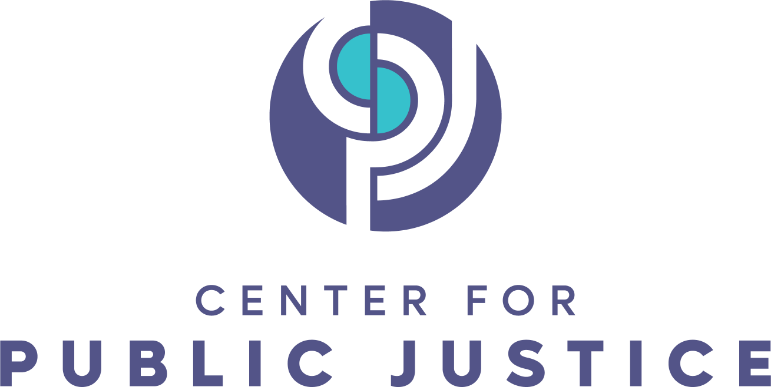Religious organizations can, and must, act in order to protect and promote the institutional religious freedom they need. First, they must understand public policy trends and be courageous and knowledgeable enough to speak up when officials solicit guidance or take paths that will be detrimental to institutional religious freedom.
And, second, they must be creative in communicating to the public not only the scope and variety and effectiveness of their good works but—and this is indispensable—how those good works, the “fruits,” stem from their religious practices and commitments, the “roots.” Connect those two, and the public can better understand why institutional religious freedom is good not just for religious organizations but also for the marginalized, sick, poor, and abused—good for expanding the common good and achieving social justice.
And the third action path for religious organizations? Call it organizational best practices: religious organizations should take care to align the many aspects of their operations and services with the religious values they say are foundational to their existence and success. Those practices and services must reflect, not conflict with, those religious commitments. Employment policy should further the mission; donors should give out of an understanding of the foundational importance of the religious vision rather than in ignorance of it; the workplace culture should be in line with the organization’s stated religious values; its services should be shaped by and not ignore the ethical commitments of the faith. Otherwise, the religion will amount to mere words.
Institutional religious freedom is inert unless exercised: religious organizations must be courageous—and wise at the same time—to act on their religious convictions, not letting them erode out of neglect or mistaken capitulation. We’ve noted several ways that religious organizations can and must be active on behalf of the religious freedom they need. But what can you do—someone who sees the great gift that faith-based services are to our society? Here are six actions to take:
- Speak up for the religious freedom of others, too. Religious freedom must be for “thee” and not only “me,” or else it is not a principle but only a self-preservative strategy.
- Speak up for the religious freedom of others even though you believe they are wrong. To be sure, religious freedom should not shield harmful actions. But beyond that, you should defend the religious freedom that others need. Suppose your views have changed, and now you support, on a religious basis, same-sex marriage. If so, your change of view is no reason for you to demand that the law should coerce others to make a change that you made by conviction.
- Speak up for capacious religious freedom. Religion is more than worship. It also guides people in their “secular” lives: the decisions they make in business; what they regard as excellent health care; how they understand history, society, and art; how they pursue social justice; and even what they understand social justice to be. Speak up for the full freedom of religion, the freedom for people to live their lives in accordance with their deep convictions; do not just defend the freedom of worship, as important as this freedom is.
- Speak up for institutional religious freedom and not just for individual religious freedom. Institutions are means by which people put their convictions and their inspirations into practice, with others, in a durable way that can make a broad, positive impact. Defend the diversity of organizations in civil society and in the free market.
- Speak up for other vital rights. As the United States becomes more religiously and morally diverse, more of our fellow citizens are becoming convinced that their own rights are not adequately protected; as a result, fewer people are finding legislative proposals to strengthen religious freedom protections persuasive. We can join hands over divisions to create policies that strengthen our rights and their rights at the same time.
- Speak up for civic pluralism, despite its inconveniences. It is in the best interest of everyone—employees with different values, and patients, customers, and students with varied preferences—when institutions in civil society and the marketplace are permitted to have distinctive operations, services, and goods. But there is a price: people will sometimes be turned away. They will have to look elsewhere for a desired product, drive a few extra miles to find the agency that can best serve them, apply to another employer to find a suitable workplace. That is the price of diverse institutions. But diverse institutions are what we need in a diverse society.


